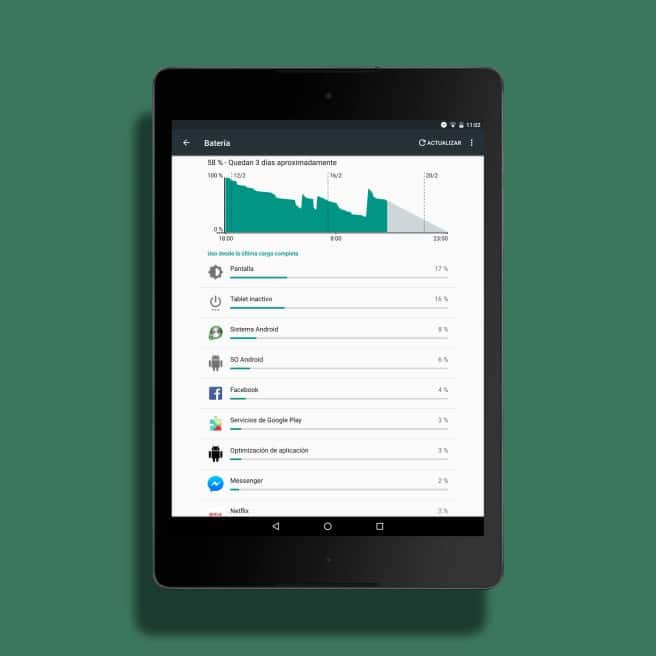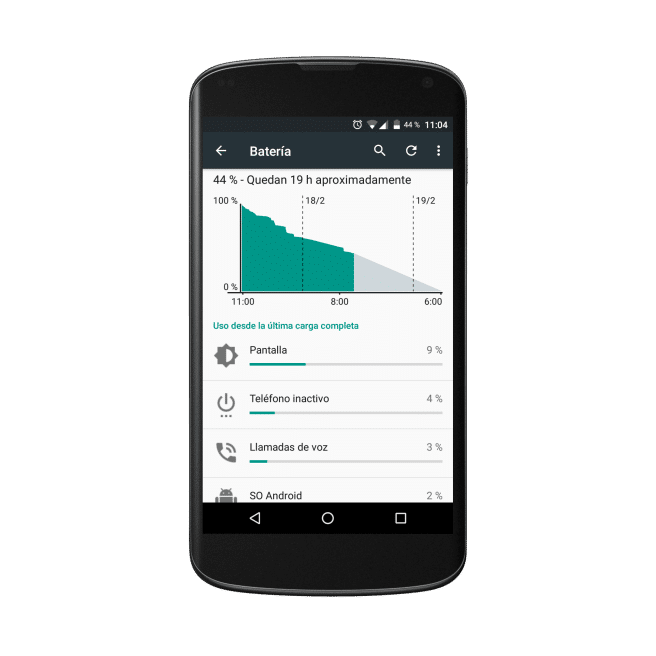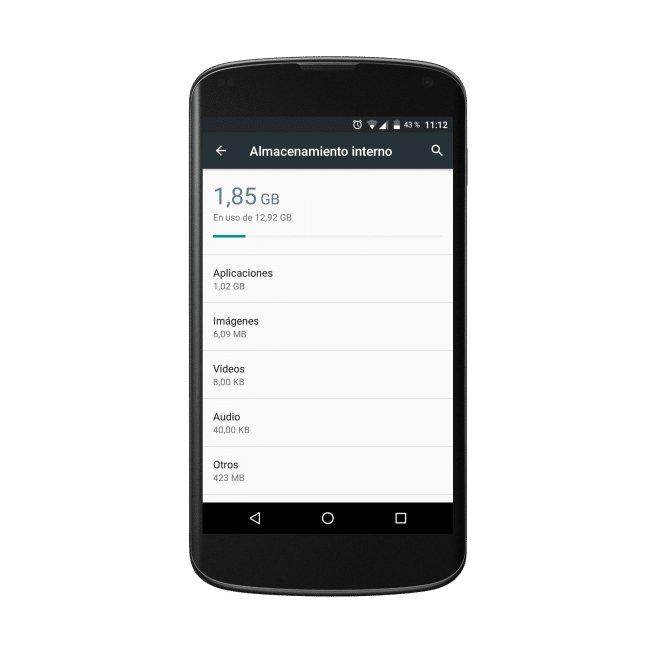
There comes a critical moment in the life of everything smartphone o tablets in which its owner realizes that its initial functions have been seriously diminished, either by the progressive accumulation of crapware, due to the lack of updates, or due to the fact that the hardware lags behind with respect to the cutting-edge novelties of the segment. CyanogenMod it can become a great ally to prolong the virtues of a terminal beyond its own initial possibilities.
Due to the vicissitudes of life, I am in the process of renovating my smartphone. Right now I cannot use my old terminal until I receive the new one, and I have been forced to rescue a Nexus 4, even older, from the drawer of oblivion. This device, despite having certain features still outstanding after almost four years after its launch, also showed an important dark point in its benefits: autonomy; and it is that it could hardly hold a whole day carrying out a little intensive use. In addition, successive Android updates did not do much good either, and with Lollipop 5.1 a somewhat heavier response was already beginning to be seen, despite the hype that at the time was given to the butter project.
That said, I wanted to see how it suited him Android 6.0, and while the relay just took place, I started to install CyanogenMod 13. This has served to reconnect with a fabulous machine.
Google's shadow is elongated
Let's not fool ourselves: Google is the main responsible for most of the virtues of the Android system. In recent years it has managed to catch up with iOS in many respects, despite the fact that it still needs more advanced hardware than that of the iDevices to achieve an equally satisfactory smoothness and that in terms of autonomy there is still a long way to go.

However, this has a counterpart and that is that Android comes loaded with Google services to monitor a series of questions regarding the use of the terminal, and the data that its owner throws, that do not benefit the performance of the system (and that by not entering into questions related to the Privacy).
The great success of Cyanogen: regulating battery consumption
CyanogenMod It has practically nothing that we will not see in a Pure Android, such as the Nexus 6P or Moto X StyleHowever, it does lack one thing: the fact of assembling its entire software structure from some system tools perpetrated by Google. The key is the following, whereas in any conventional terminal, when one takes a look at the battery settings runs into that:

in a team with CyanogenMod 13 we see this other:

The whole part that keeps the system moving consumes much less, the waste of energy in mere maintenance shows a significantly higher efficiency for not needing Google to be working in an integrated way with all its services on a constant basis.

Another fundamental section is that of storage. The Nexus 4 I use has a 16GB internal module. Still, with numerous apps installedLook how far the memory bar reaches.
Conclusion
In addition to a much improved autonomy (I have more than 24 hours using the Nexus 4 and I still have more than 43% charge), or a memory issue (I have all the essential apps for my day to day installed and I have plenty more than 10 GB), the fluidity of the team's response is reminiscent of its early days. In short, if I didn't want a slightly larger screen and a slightly better camera, with marshmallow in an extraordinarily fast terminal, it would still have a good season to shoot.